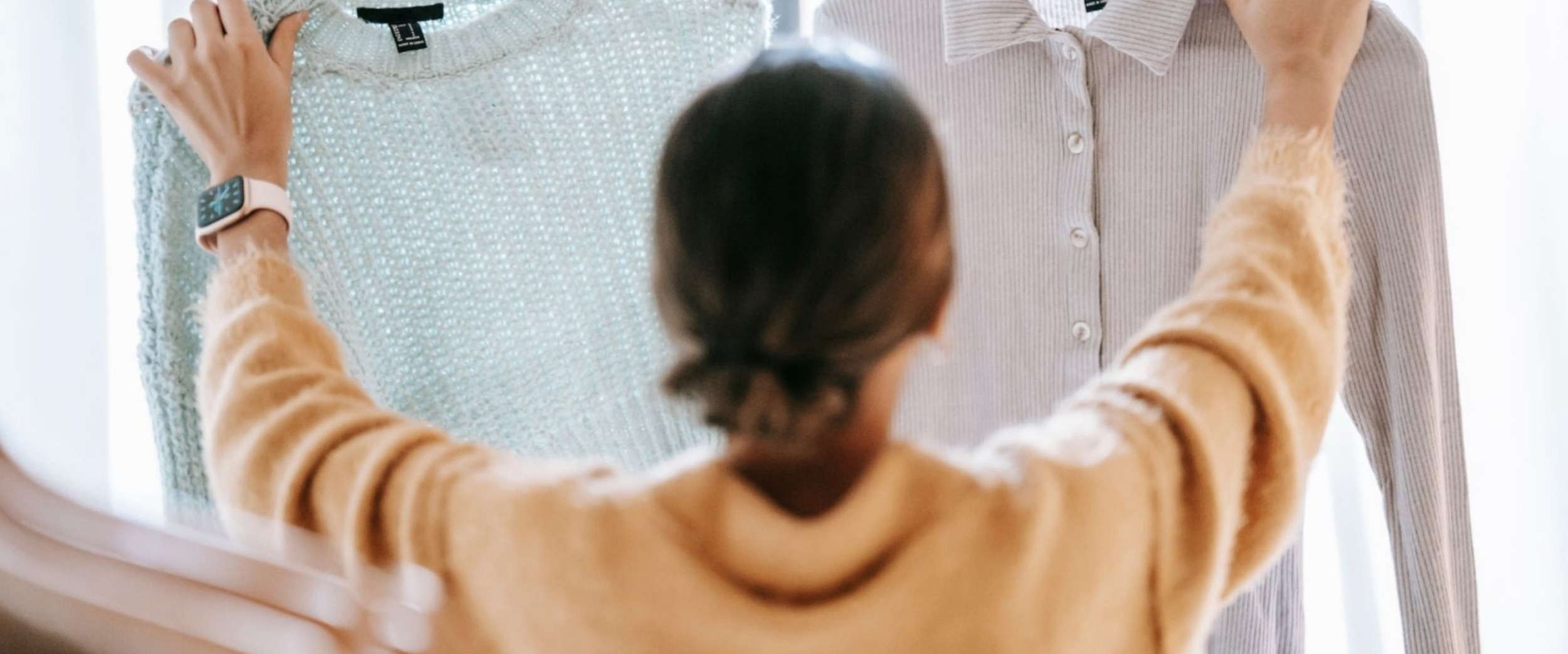Breast cancer and its various treatments can change your body in many ways: weight gain or loss, tenderness, lymphedema (swelling in the limbs), partial or complete mastectomies, prosthetic breasts. This might mean that your old or favorite clothing may not fit, or fit properly any longer, and it can be difficult to find outfits that you can feel good in. It may be time to have a heart-to-heart with your closet, and explore some of the options for comfortable, adaptive clothing that can make you feel confident and excited about getting dressed again. When the adaptive clothing market began around 40 years ago, the initial focus was mainly seniors in long-term care homes who required help getting dressed. Now, however, adaptive clothing has gone more mainstream, making it easier to find fashionable and comfortable clothing to fit the needs of those with breast cancer.
If you are unsure what sort of clothing you may need, start by evaluating what you already own. Underwire bras should be avoided until all tenderness is gone, and any surgeries have fully healed. If you are really attached to a certain piece of clothing, it may be possible to have it altered to flatter your new shape. Check with local tailors to see which items could be adapted. When shopping, opt for soft or stretchy fabrics and ensure that the cut and fit doesn’t interfere with any post-surgery accessories, like drains or expanders. Be aware of “strategic seams”; seams which cross over sensitive areas and may rub or cause discomfort, especially if the garment is snug or form-fitting.
Tommy Hilfiger’s Tommy Adaptive line, With Grace B. Bold, Care+Wear, LympheDIVAS, and Cancer be Glammed are some examples of modern lines of adaptive wear. Products include post-operative bras, compression garments with flair, and clothing that is stylish, but can also accommodate drains and bandages while being easy to wear. Many options are available that feature hidden pockets for post-surgery accessories.
Thrift stores and consignment shops are also great way to experiment with new styles of clothing to see what works for you without too much financial investment. You can try before you buy as opposed to online shopping. Sometimes, however, a different wardrobe may not be enough to make you feel comfortable; Look Good Feel Better specializes in giving women the tools and resources to regain a sense of self and renew their feelings of womanhood, however those women see to define it. They offer online and in-person workshops ranging from wigs and hair alternatives to breast health, skincare, and cosmetics. Don’t be afraid to try new things; be flexible with your body changes and find looks that are comfortable and inspire confidence.







